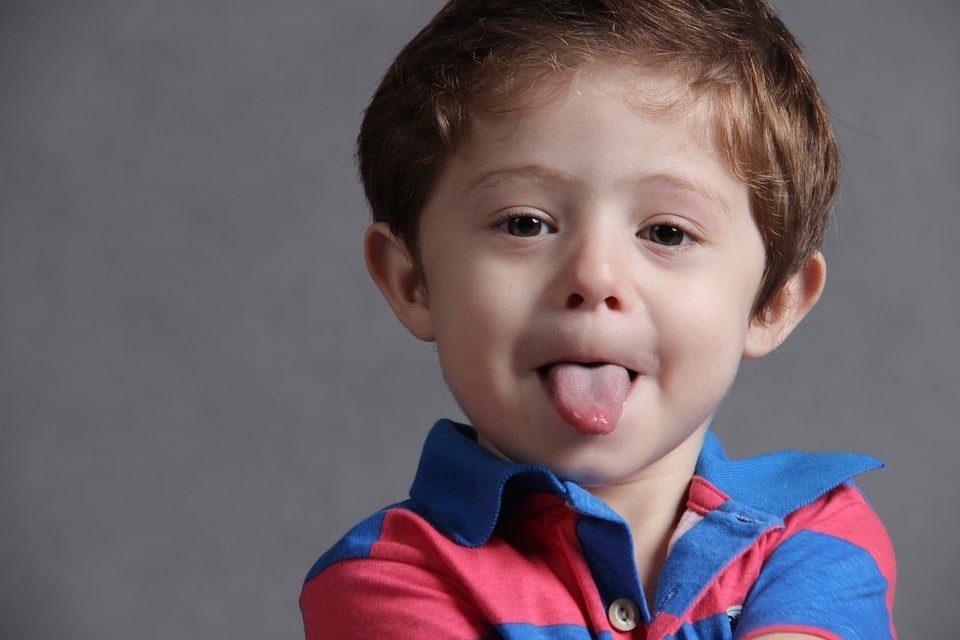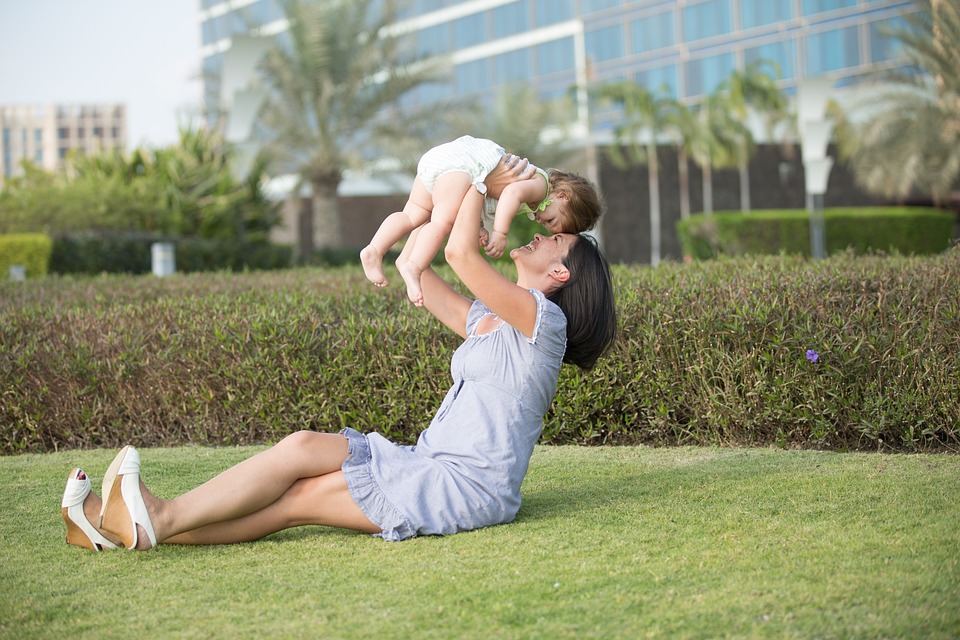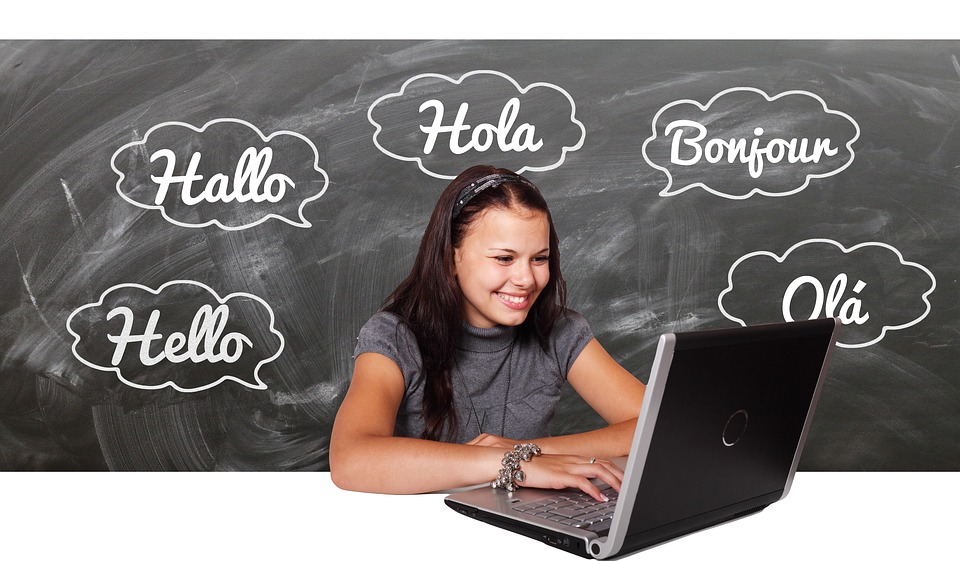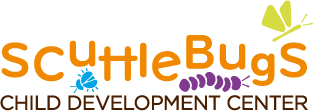
Beyond raising my children I had the honor of working with many immigrant parents in my early childhood school. A lot of those parents had also received mixed messages and were often insecure and confused. I was so concerned with those mixed messages that I based my M. Ed. research thesis on parent’s perspectives regarding bilingualism.

I will not attempt to tell you in a short blog the best way to raise a bilingual child. There are so many theories and much literature regarding the best way to ensure your children learn multiple languages. There are also loads of research regarding benefits for bilingual learners as well as certain difficulties a parent might encounter. In the end no matter what research one reads or methods one might apply, it will always come down to making a decision and sticking with it. Your role as a parent will blur at times as you take on the additional role of teacher and advocate for your heritage or mother language and culture. That is however a decision we made when we decided to have children: we are inherently teaching them things all the time. Why shouldn’t we allow ourselves the fun of sharing our mother language and the culture connected to it?


The world our children will govern will be inherently more diverse than the world we currently know. Technology is constantly breaking down barriers and borders and will continue to do so. When I moved to Iceland just under 20 years ago less than 7% of the resident population were immigrants and an even smaller percentage of those immigrants had working permits. Today we are pushing 15% with resident permits and over 20% with working permits. In 2018 immigrants made up 61% of Canada’s population growth. According to OECD (Organization for Economic Co-operation and Development) “Migrants accounted for 47% of the increase in the workforce in the United States and 70% in Europe over the past ten years.
Migrants fill important niches both in fast-growing and declining sectors of the economy. Like the native-born, young migrants are better educated than those nearing retirement”. We don’t have to look any further than right here around us in Silicon Valley to understand the value placed on bilinguals throughout various companies and society. We have top level executives who lead international business, young men and women right out of university creating new technologies in cooperation with universities and companies across the globe, and at the local Jack in the Box servers who can assist people of all nationalities with the use of two or more languages. According to the New American Economy the demand for job market for bilinguals has more than doubled in the past five years.
So if I may allow myself to encourage any of you who are questioning how or if you should teach your child your mother language, please do. And at my request, please enjoy the ride knowing you are providing your child with a valuable tool for their future.
[1] https://www.cicnews.com/2019/03/new-immigrants-made-up-61-of-canadas-population-growth-in-2018-0312086.html#gs.x7zzkx
